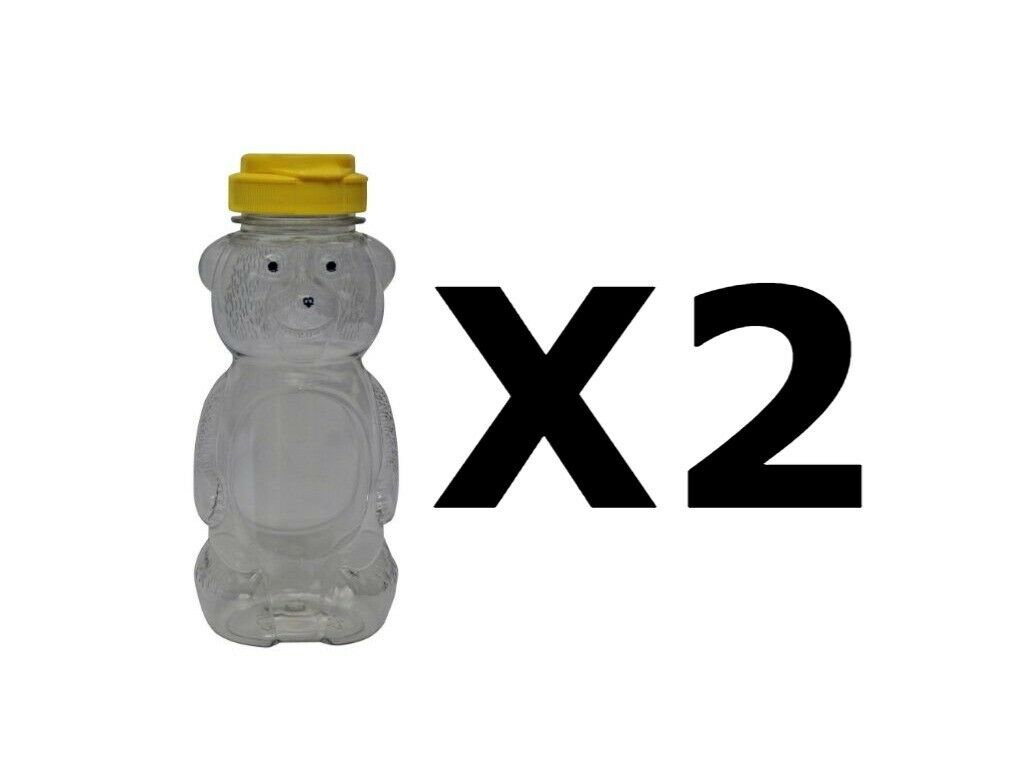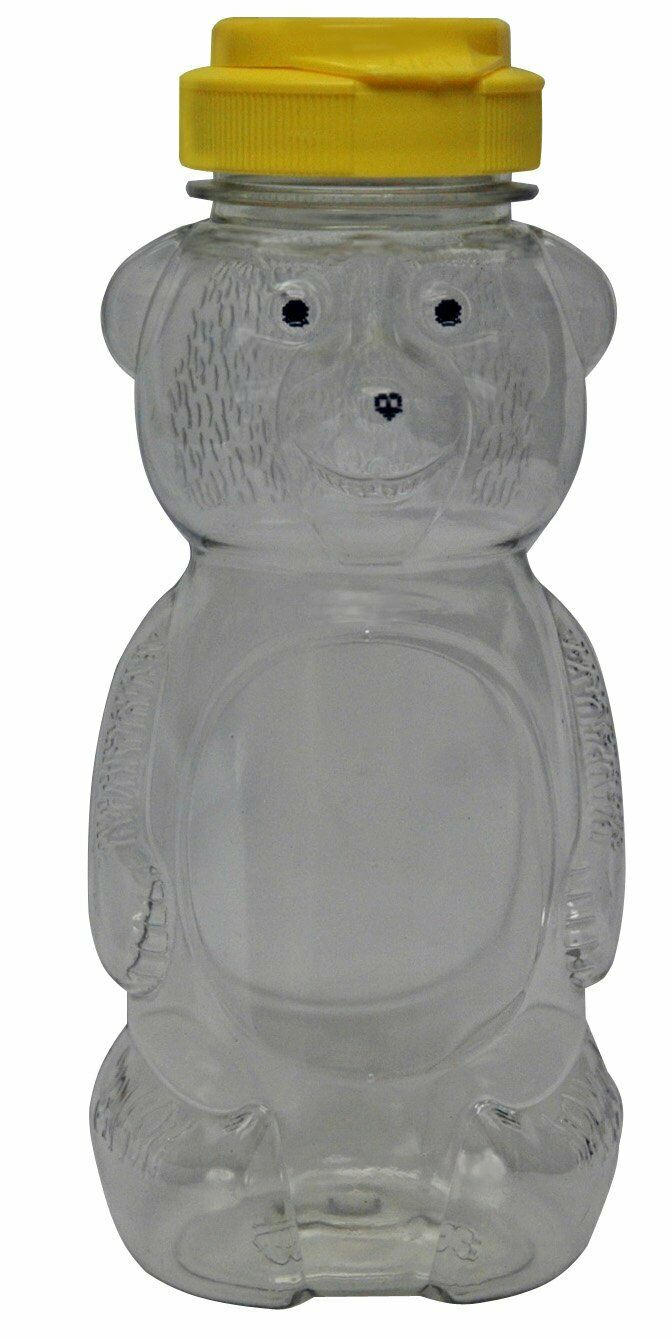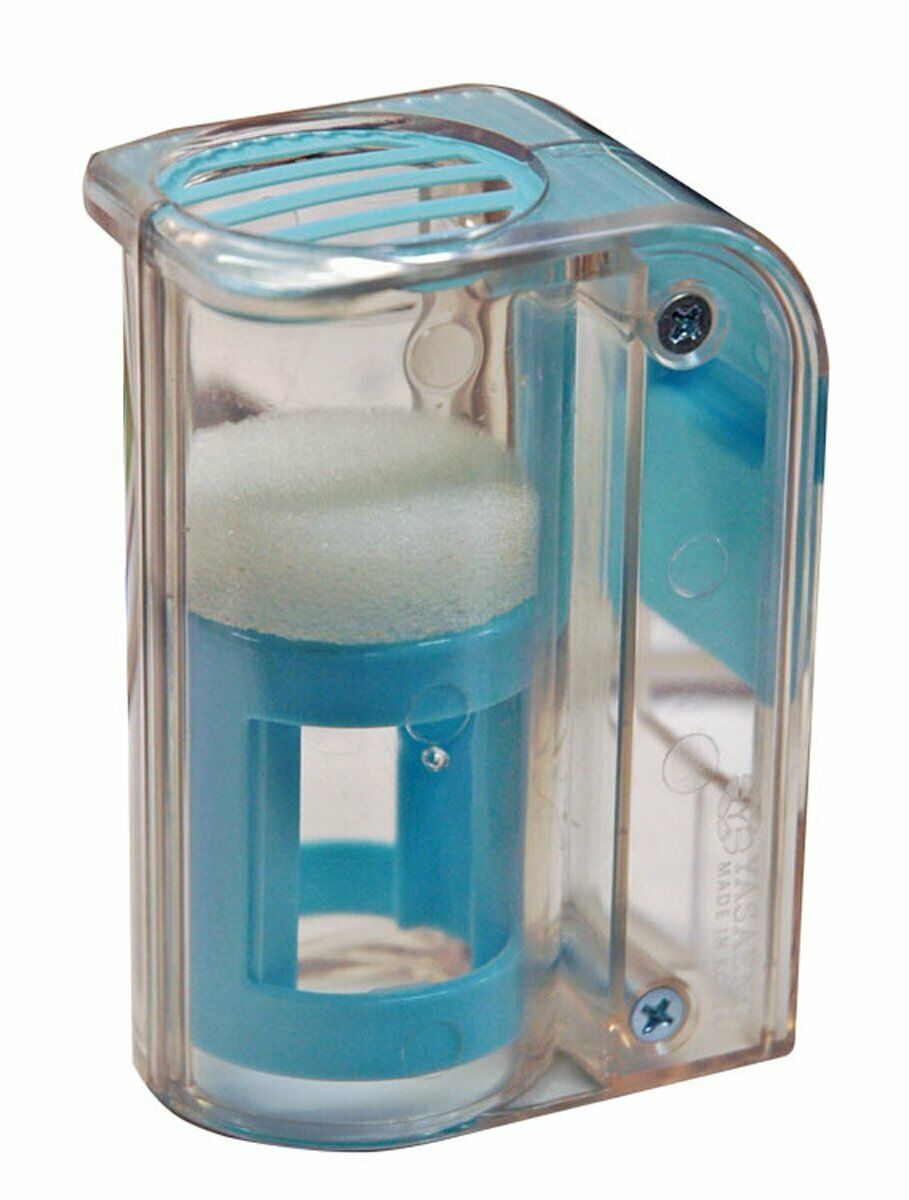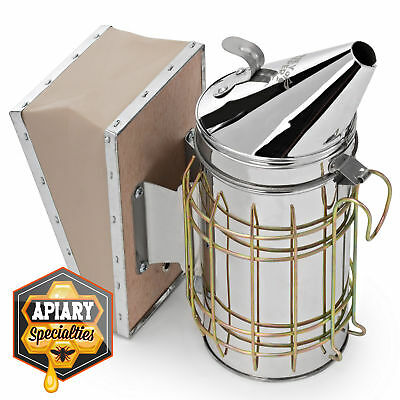-40%
FUMIDIL B 500gram Fumagilin B for Nosema new FDA non prescription. exp. 3/2023
$ 182.16
- Description
- Size Guide
Description
FUMIDIL B 500gram Alternative to Fumagilin B new FDA non prescription. exp. 03/2023I study and research Bees since 1981. last picture is me in 1985 Bee Academy 5 years study
Please commit to purchase on Ebay and we will send you link to make Payment from our Merchant account and we will post on ebay as paid. and we will leave
positive feedback.
This colony is dead, or at least we are calling it that. (We could take all the bees that are left and put them in a five frame nuc to see if the queen recovers and still possibly use her later on.) After looking at all the signs it appears the colony died of Nosema Apis. There is bee poop everywhere. Nosema Apis does cause a type of bee dysentery. This disease affects colonies usually in late winter. It is brought on by stress that a colony is under. Mites could possibly be a contributing factor that helped cause stress. But the key apparent symptom of bee poop everywhere, points to Nosema. We used to treat our bees with Fumigillan aka known as Fumidil B. It was an antibiotic for the treatment of Nosema
I study and research Bees and all animals since 1981. I supply farmers all over the world. They Know me.
This is NOT RX item free to sale on Ebay and other markets.
Shipping from from USA zip 22-180 Vienna Virginia.
References
[1] Katznelson, H., and Jamieson, C.A. (1952) Control of Nosema Disease in Honey Bees with Fumagillin, Science, 115: 70.
[2] Bailey, L. (1954), The Control of Nosema Disease, Bee World 35: 111.
[3] Bailey, L. (1953), The Treatment of Nosema with Fumagillin, Bee World 34: 136.
[4] Bailey, L. (1963), Infectious Diseases of the Honey Bee, p.110 (Land Books, London).
Directions for use
Based on results obtained at the Rothamstead Experimental Station.
Each colony to be treated should receive approximately 166 mg of fumagillin activity (one third of the contents of a 0.5 gm vial), administered in a syrup containing 14 lb of sugar in 7 pints of water.
Precise measurement is not essential since a "rough third" of the 0.5 gm vial (approx. a desert spoonful) is more than adequate for the treatment of the average colony.
It is easier to dissolve sugar in warm water, however it is important that Fumidil B is NOT subjected to a temperature higher than 49 deg C (120 deg F) during any stage of the mixing operation.
1. Heat 7 pints of water per colony to 38 deg C (100 deg F) DO NOT EXCEED 49 deg C (120 deg F).
2. Apportion one third of the 0.5 gm vial for each colony to be treated and dissolve in the heated water.
3. While the water is still hot add 14 lbs of sugar per colony and stir to make a clear syrup. (Take note of the final volume to make step 4 easier.)
4. Feed this syrup to the bees in the usual way.
Bibliografia
[1] Katznelson, H., i Jamieson, C.A. (1952) Control of Nosema Disease in Honey Bees with Fumagillin, Science, 115: 70.
[2] Bailey, L. (1954), The Control of Nosema Disease, Bee World 35: 111.
[3] Bailey, L. (1953), The Treatment of Nosema with Fumagillin, Bee World 34: 136.
[4] Bailey, L. (1963), Infectious Diseases of the Honey Bee, str. 110 (Land Books, Londyn).
Wskazówki dotyczące zastosowania
Na podstawie wyników uzyskanych w Rothamstead Experimental Station.
Każda leczona kolonia powinna otrzymać około 166 mg aktywności fumagiliny (jedna trzecia zawartości fiolki 0,5 g), podawane w syropie zawierającym 14 funtów cukru w 7 litrach wody.
Precyzyjny pomiar nie jest niezbędny, ponieważ „jedna trzecia” fiolki 0,5 g (ok. Łyżki deserowej) jest więcej niż wystarczająca do leczenia przeciętnej kolonii.
Łatwiej jest rozpuszczać cukier w ciepłej wodzie, jednak ważne jest, aby Fumidil B NIE był poddawany działaniu temperatury wyższej niż 49 ° C (120 ° F) na jakimkolwiek etapie operacji mieszania.
1. Podgrzej 7 litrów wody na kolonię do 38 ° C (100 ° F) NIE PRZEKRACZAJ 49 ° C (120 ° F).
2. Przydzielić jedną trzecią fiolki 0,5 g na każdą kolonię, którą należy poddać działaniu i rozpuścić w podgrzanej wodzie.
3. Gdy woda jest jeszcze gorąca, dodaj 14 funtów cukru na kolonię i mieszaj, aby uzyskać klarowny syrop. (Zwróć uwagę na końcowy tom, aby ułatwić krok 4).
4. Podaj ten syrop pszczołom w zwykły sposób.
Riferimenti
[1] Katznelson, H. e Jamieson, C.A. (1952) Controllo della malattia del nosema nelle api da miele con fumagillina, Scienza, 115: 70.
[2] Bailey, L. (1954), The Control of Nosema Disease, Bee World 35: 111.
[3] Bailey, L. (1953), The Treatment of Nosema with Fumagillin, Bee World 34: 136.
[4] Bailey, L. (1963), Malattie infettive dell'ape del miele, p.110 (Land Books, Londra).
Istruzioni per l'uso
Sulla base dei risultati ottenuti presso la Stazione sperimentale di Rothamstead.
Ogni colonia da trattare deve ricevere circa 166 mg di attività della fumagillina (un terzo del contenuto di una fiala da 0,5 g), somministrata in uno sciroppo contenente 14 lb di zucchero in 7 pinte di acqua.
Una misurazione precisa non è essenziale poiché un "terzo approssimativo" della fiala da 0,5 g (circa un cucchiaio del deserto) è più che adeguato per il trattamento della colonia media.
È più facile dissolvere lo zucchero in acqua calda, tuttavia è importante che Fumidil B NON sia sottoposto a una temperatura superiore a 49 ° C (120 ° F) durante qualsiasi fase dell'operazione di miscelazione.
1. Riscaldare 7 pinte di acqua per colonia a 38 ° C (100 ° F) NON SUPERARE 49 ° C (120 ° F).
2. Distribuire un terzo della fiala da 0,5 g per ciascuna colonia da trattare e scioglierla nell'acqua riscaldata.
3. Mentre l'acqua è ancora calda aggiungi 14 libbre di zucchero per colonia e mescola per ottenere uno sciroppo chiaro. (Prendi nota del volume finale per semplificare il passaggio 4).
4. Nutri questo sciroppo alle api nel solito modo.














